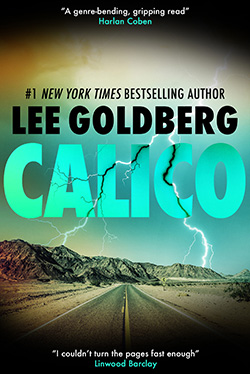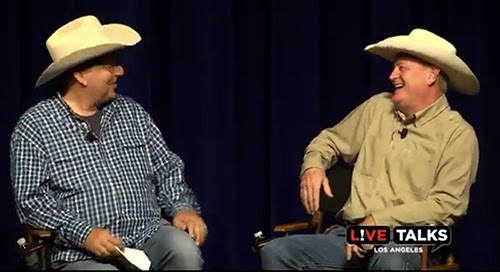I’m sad to hear about the passing of Roger Corman. William Rabkin & I worked for him in the late 1980s/early 1990s on an unmade TV series version of LITTLE SHOP OF HORRORS for the USA Network (that’s a long story in itself). He was cheap, but he paid us on time, treated us well and was a wonderful, creative collaborator. But for me the best part of the experience were the anecdotes from his career that he shared with us along the way.
For instance, while giving us a tour of his Venice studio and pointing out sets that had been used dozens of times, he told us that he’d made so many movies that he had a recurring nightmare that he’d made one that he’d forgotten to release
“Did I release BODY CHEMISTRY 3 or was it SORORITY HOUSE MASSACRE 3? I wake up in a cold sweat & have to double check.”
During story meetings with us, sometimes he’d take out an electric razor and just run it over his face while he pondered a story point.
He also didn’t suffer fools. At one point in our 7000th notes meeting with an idiot network executive, Roger got so frustrated that he told her that the time it had taken us to get the bible approved, stories approved, and then two episodes written, he’d made and released eight movies.
The final straw on the LITTLE SHOP project was when the idiot exec asked us to underline the jokes and to put asterisks next to the ones that were social commentary. Roger was furious. He said something like, “if you need the jokes pointed out to you, you shouldn’t be in the movie business,” got up and walked out…and we walked out with him. In the elevator, he told us he was done, he’d never develop a TV series with a network again. He couldn’t understand how we could stomach working with such stupid, indecisive people. But he was kind enough to say how much he enjoyed working with us and that he was proud of the scripts we’d written.
Some years later, he did do a TV series… but he made it himself and then sold the final product to a cable channel as an acquisition.









